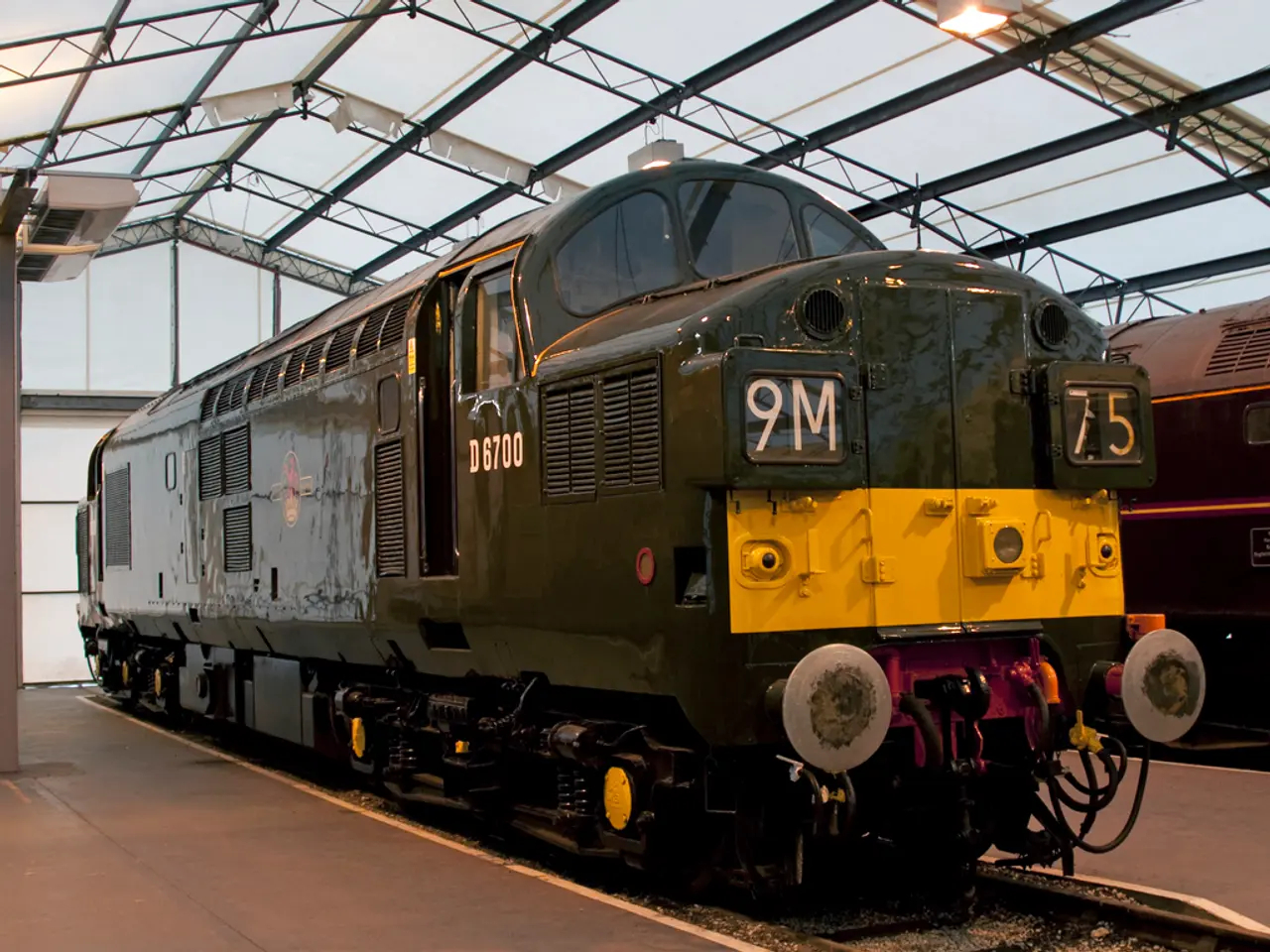New York: Advocates and critics of the proposed light-rail extension in Amherst gain support from a fresh NFTA study, bolstering their respective arguments
Metro Rail Extension in Amherst Advances, Sparks Controversy
The proposed extension of the Metro Rail system from the University at Buffalo (UB) South Campus to beyond the UB North Campus in Amherst is moving closer to realization, with active planning and public engagement underway. The Niagara Frontier Transportation Authority (NFTA) is considering two main options: a light rail transit (LRT) extension or a bus rapid transit (BRT) alternative along the corridor through Amherst and Tonawanda to the UB North Campus and I-990.
Current Status
The NFTA has completed a draft environmental study and scoping reports and is in the public input phase. Planning includes engineering design refinements, such as a turnout tunnel near University Station and a new tunnel near I-290. However, the project faces opposition from some local residents and political figures, particularly due to concerns about property acquisitions, high costs (estimated $1.2 billion), and construction disruption.
Anticipated Benefits
Supporters of the project, including New York State, Erie County, UB, and several business groups, see the project as vital for regional development and sustainability. The extension would provide expanded access to high-quality transit, connecting the UB South and North campuses in about 14 minutes. It would also offer more frequent, reliable service serving a broader area along the Niagara Falls Boulevard corridor. Economic growth via improved access to jobs, businesses, and services along the corridor is also anticipated. Additionally, environmental benefits from increased public transit ridership and reduced car dependency align with sustainability goals.
Drawbacks and Concerns
Estimated costs, potential property acquisitions, and construction-related disruptions are the main concerns surrounding the project. The NFTA may need to fully acquire 14 properties for the light-rail extension, including 4 residential and 10 commercial properties. Some businesses eyed for acquisition include a Japanese restaurant, funeral home, mattress store, and two auto-body repair shops. The boulevard would need to be widened from its current 94 feet across to between 133 feet and 145 feet across to accommodate the light-rail extension.
After construction, the project would have additional impacts, including from vibrations and noises created by the trains running along the tracks. The four-year long construction process would have some of the most pronounced impacts, including drilling blast holes, loading them with explosive, and installing support structures to ensure the tunnels don't collapse.
Public Engagement
The draft environmental impact statement unveiled last month reveals potential property purchases for construction of the light-rail extension, including dozens of properties that could be affected. The NFTA has conducted extensive community outreach and plans to do more in the months to come. A public hearing will be held on Aug. 19 at Sweet Home Middle School, 4150 Maple Road, Amherst. The draft EIS is now open for public comments, which must be received by Sept. 8.
If approved, shovels could be in the ground as soon as 2028, and the first trains could run beginning in 2032. The benefits of the project, according to supporters, far outweigh the harms done by the project, including reduced air emission levels, reduced or prevented collisions between pedestrians and automobiles, and improved quality of life for those who live adjacent to the project.
- The Metro Rail extension project, which proposes using either a light rail transit system or a bus rapid transit alternative, seeks to improve infrastructure by providing expansive transit access between the University at Buffalo (UB) South and North Campuses, enhancing regional development and sustainability.
- In the anticipated sports facilities development along the Niagara Falls Boulevard corridor, the Metro Rail extension is anticipated to offer greater accessibility, providing reliable transit to various sports events for a broad regional area.




